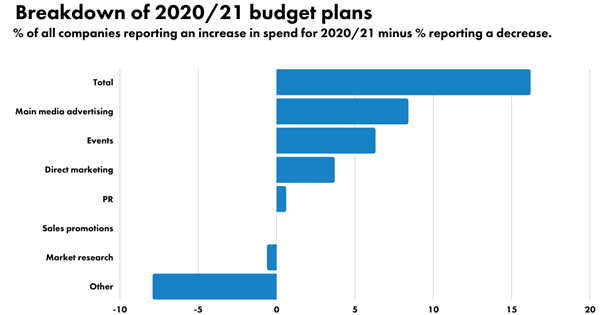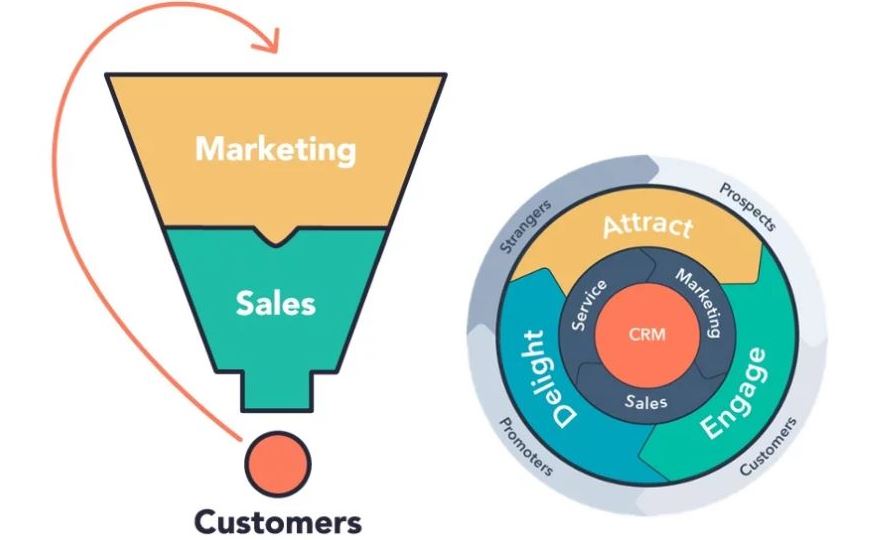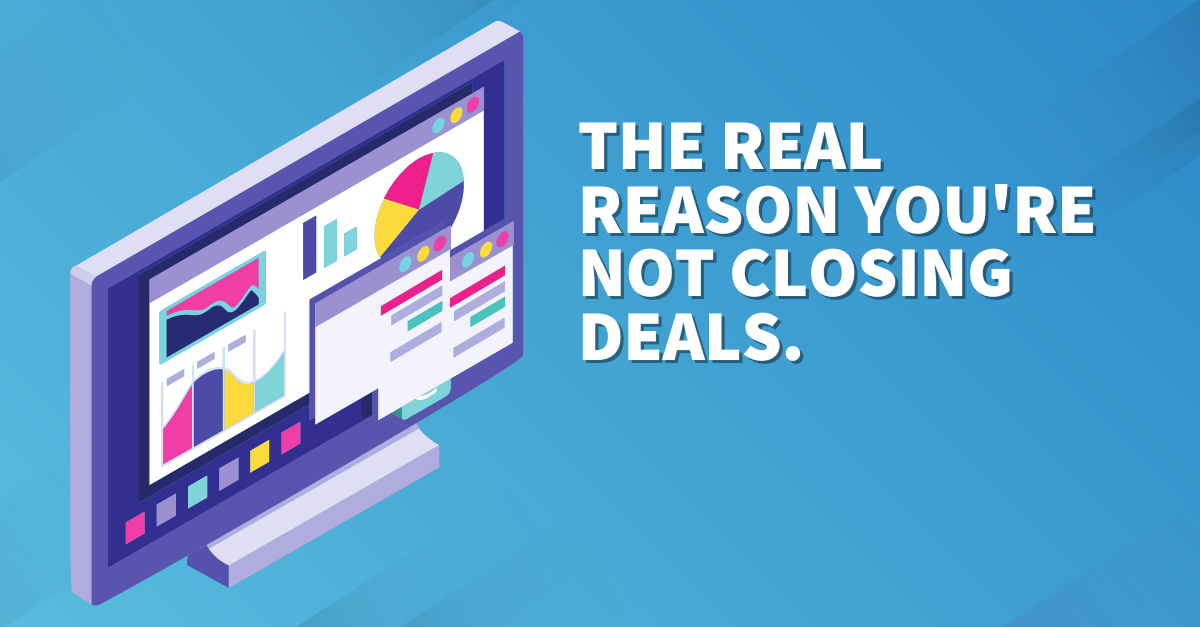Customer Acquisition Is Not The Problem
In the last five years, the cost of acquiring new customers has increased by over 50%[1]. If your current ROI has you sweating like you just lost the office air-con war, take a step back and stop fanning yourself with a competitor’s direct mail. Customer acquisition is not the problem – but your strategy might be.
Customer acquisition refers to gaining new customers. In essence, it’s right at the core of both marketing and sales.
If lead generation starts at the top of your sales funnel, customer acquisition is somewhere in the middle. Marketing techniques to bolster your customer acquisition might include:
- organic search
- viral marketing
- incentivised referrals.
It’s what sucks your customer in, before you endear them to the benefits of your brand and nurture a coveted conversion.
It’s a vital cog in the machine - but for many businesses, this process is becoming increasingly expensive.
Customers trust their buddies, not brands. As a result, marketers need to work – and spend – smart.
Most companies are obsessed with ROI, and rightly so.
As soon as that return on investment fades, the blood runs cold and the budget runs dry – resulting in knee-jerk reactions and the stall of entire customer acquisition strategies (along with your bonus).
Although we absolutely support the analysis and re-analysis of marketing strategies, binning off entire chunks of the sales funnel is bad news. If your customer acquisition strategy isn’t paying its way… that’s your acquisition strategy, not the concept of acquisition itself. It’s not the problem and it’s not the enemy.
So, why isn’t your customer acquisition strategy working?
There are a few common traps. If you don’t nip them in the bud, you’ll get tangled in them again and again.
These nasty marketing trip hazards are often the sum of:
- strategy that doesn’t scale
- using a strategy that you admired because it worked well for another business – but it doesn’t work for your own because you didn’t account for your differences
- lack of clear goals, meaning you don’t spot negative trends until it’s too late
- stale content that addresses issues which are no longer relevant – or never were.
Whichever strategy you use, it needs to be able to grow with you and roll out in relation to your individual customer needs and buying habits. Paid ads on Twitter might work well for some – but if it’s not where your target demographic hangs out, it can’t and won’t reap what you sow.
It’s not just about who you’re targeting, but the where and the why. Until you can answer those questions, your customer acquisition strategy could find itself going nowhere.
Acquisition is more complex than it used to be – meaning it can be more expensive. However, that doesn’t mean customer acquisition strategies aren’t worth pursuing.
It’s crazy to suggest that customers physically can’t be attracted in the early stages because they’re too sceptical to listen to businesses (well… they’re definitely sceptical, but it’s crazy to think that this can’t be overcome).
We already know that potential customers don’t care for salespeople and would rather listen to their peers, so why not use this to inspire your customer acquisition strategy?
Even in the earliest stages of customer acquisition, you must harness the most influential part of your salesforce – existing customers.
Whether it’s sharing your social media posts, inviting friends to sign up with the lure of incentives, or putting their glowing reviews at the centre of your paid ad strategy, there’s plenty of ways to leverage an existing positive experience in order to garner more.
Don’t write for your customer of three years ago – write for the potential customer of TODAY. Be sure to conduct some fresh keyword research and make sure your seasoned content is sensitive to existing buyer needs. Ensure it answers the most relevant questions emerging from your market. This will, of course, apply to any new content that you create, too.
A customer-centric business is a successful business, and this will never be more evident than if you sink or swim due to customer churn.
Customer churn – or the loss of your customers – is a hole in the bottom of your bucket. You can keep topping the bucket up with water all you like, but it’s going to run dry eventually – and the cycle goes on, at a measurable cost (creating that steady flow of water isn’t free; somebody needs to pump and pour it).
Here’s the thing – if you plugged the hole and stopped what you captured from dripping away, you wouldn’t need to keep re-filling. The same applies to your customer acquisition strategy. If your customers aren’t constantly drifting away, you don’t need to replace them.
Analyse why your customers leave, plug those gaps and keep your customer service airtight. These processes all flow together in the end, with gleeful customers flying your flag and attracting new custom through their positive experiences. Not only is it effective, but boy, is it cheaper – it costs anywhere from five to 25 times more[2] to acquire a new customer than to retain an existing one.
If you haven’t guessed already… in order for your marketing efforts to be successful, a solid appreciation of inbound methodology is key.
Customer acquisition isn’t the problem; it’s the solution, so long as you don’t regard your customers as expendable.
Gain a customer and keep it – that’s the key to successful acquisition. You need to look at the package as a whole - not the individual segments in isolation.
However, there’s certainly merit in maximising your chances of catching a genuine customer - the kind who’s likely to engage with your services and stick around.
Marketing automation can streamline your efforts quickly, efficiently and – most importantly – with a uniquely intuitive touch.
From categorising and prioritising leads, tracking interactions, pinpointing contact opportunities and nurturing leads throughout the entire acquisition cycle, marketing automation takes trustworthy, human interaction to the next level – allowing you to engage with exactly the right customer at precisely the right time.
When you automate your customer acquisition efforts, you really can generate more customer enquiries; 24 hours a day, on autopilot (without sounding like a robot).
Ready to find out more? Master your customer acquisition strategy and smash your ROI targets - download our marketing automation guide today!
[1] https://www.profitwell.com/blog/content-marketing-customer-acquisition-cost
[2] https://blog.hubspot.com/news-trends/customer-acquisition-study?_ga=2.142447669.609814510.1556545142-172738983.1550482162






